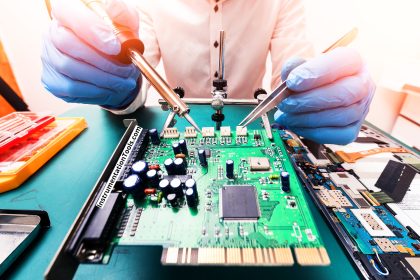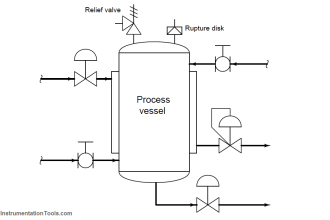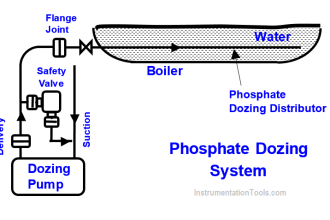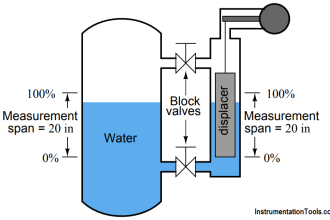A Pilot Operated Back Pressure Regulator Valve is used in piping systems to maintain a steady upstream pressure by opening only when the pressure rises beyond a certain limit. To make sure the valve works correctly, we need to test it. This test helps us confirm whether the valve opens at the right pressure.
There are two ways to do this:
- Testing only the pilot valve
- Testing the complete assembly (both the pilot valve and main valve together)
Let’s look at both test procedures one by one in simple terms.
Set Pressure Test – Pilot Valve Only
This test checks whether the pilot valve opens at the correct pressure.
Steps:
Mount the pilot valve on a test bench as shown in the setup diagram.
Find the set pressure value from the valve datasheet.
Slowly increase the supply pressure (air or water) by adjusting the needle valve.
Watch the main valve diaphragm port. If the pilot valve is working, you’ll see a sudden increase in pressure at this port.
If this happens exactly at the set pressure (as per the datasheet), the test is successful.
If not, reduce the pressure to zero and adjust the spring screw as per the manufacturer’s instructions.
Repeat the test until the pilot valve operates at the correct pressure.
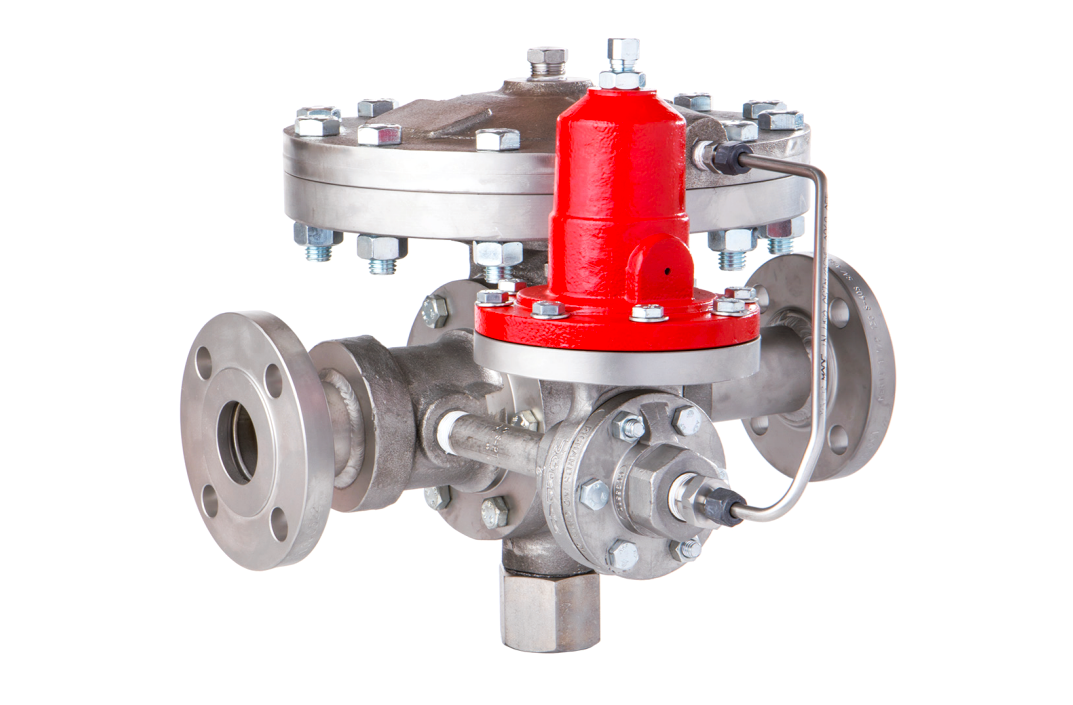
Complete Assembly (Pilot + Main Valve)
This test checks how the entire valve assembly behaves together.
Steps:
Set up the complete valve assembly on the test bench (pilot + main valve).
Get the set pressure from the datasheet.
Gradually increase the inlet pressure using a needle valve.
Keep an eye on the valve. Note the pressure at which the main valve starts to open.
If it opens at the correct set pressure, the valve is working fine.
If not, go back and re-test the pilot valve (as explained earlier), because the pilot valve may be causing the issue.
Important Notes to Understand
Different Valve Designs Behave Differently
Not all pilot-operated back-pressure regulators work in the same way. In some valves, the diaphragm loses pressure when the valve opens. In others, it gains pressure.
Don’t let this confuse you — it just means you may need to reverse your interpretation depending on the valve design. Always check the vendor’s diagram or manual.
Note: This is a Sample Procedure (Not for Live Use). In real projects or plant operations, you must follow the valve manufacturer’s official procedure and your local regulations or standards.
Read Next:
- What is a Pilot Valve? When do we use a Pilot Valve?
- Level Control Valve with Horizontal Float
- Pilot Valves and Pneumatic Amplifying Relays
- How Pilot operated Solenoid Valve Work?
- Solenoid Valves Selection Guidelines






